1. Some features of Dong Ho painting village
Dong Ho paintings (Image source: Collected)
Address: Song Ho commune, Thuan Thanh district, Bac Ninh province
Dong Ho painting village is the cradle of the famous folk woodcut painting genre – an artistic symbol imbued with Vietnamese national identity. Located on the gentle Duong River, the village is in Song Ho commune, Thuan Thanh district, Bac Ninh province, about 35km from Hanoi, convenient for short trips from the capital.
With over 400 years of history, this place gathers dozens of families following traditional professions, creating paintings imbued with philosophy and humanistic values. Outstanding works such as "The Mouse Wedding" and "The Buffalo Herder Playing the Flute" not only evoke cultural memories but also reflect the daily life of ancient Vietnamese people.
Nowadays, traveling to Dong Ho painting village is not only a journey to discover art but also an opportunity for visitors to experience the space of the ancient Northern countryside, interact with artisans, and try to print a traditional painting by themselves. This is truly an ideal destination for those who love culture, art and want to find the origin of Vietnamese folk heritage.
2. Historical story of the traditional painting village of Kinh Bac
Located on the poetic Duong River, Dong Ho painting village has more than four centuries of preserving and developing folk woodcut paintings - a unique traditional art form of the Vietnamese people. This place is not only the cradle of folk painting but also a vivid symbol of Kinh Bac culture, with a history that began in the 16th century.
The village’s most prosperous period lasted from the late 18th century until 1944, when all 17 clans in the village were involved in creating and trading paintings. However, wars and changes in the times interrupted the painting profession, especially during the years of the resistance against the French when many workshops were burned down. It was not until 1967, when the North was completely at peace, that the painting village had a chance to flourish again.
In the memory of the people, the Dong Ho painting market used to be bustling every December, attracting not only traders but also tourists to experience the festival atmosphere of the painting village. But then, following the flow of modernity, the market gradually narrowed, causing many households to switch to making votive offerings. The event of the painting cooperative dissolving in 1990 further put this traditional profession at risk of extinction.
However, 2013 marked an important turning point when Dong Ho paintings were recognized as a national intangible cultural heritage and included in the list of urgent conservation needs. Thanks to the efforts of preservation and restoration, tourism in Dong Ho painting village today is not only a journey to discover the heritage but also an opportunity to revive the old artistic values, where each painting continues to tell the story of the national soul.
3. Experiences when traveling to Dong Ho painting village
3.1. Admire the unique paintings
The person who preserves the craft of making Dong Ho paintings (Photo source: Collected)
Traveling to Dong Ho painting village offers the opportunity to admire unique works of art, reflecting the simple life and long-standing culture of the Vietnamese people. Dong Ho paintings are not only outstanding for their closeness in themes such as animals, landscapes, or daily life scenes, but also impressive thanks to the characteristic colors created from natural materials. Dong Ho artisans skillfully use leaves, bark and ash from native plants to create colors such as indigo, crimson, or black, helping the paintings not only to be sharp but also to last over time.
A special feature that makes Dong Ho paintings different is the paper used to print the paintings. Do paper, handcrafted from Do trees in the forest, brings natural beauty with a shiny surface. Each sheet of paper is coated with a layer of resin or scallop shell powder, creating a sparkling and delicate look, increasing the aesthetic value of each work. It is these factors that make Dong Ho paintings become special souvenirs for tourists when participating in the Dong Ho painting village tour.
3.2. Participate in the Dong Ho folk painting festival
The peaceful beauty of Dong Ho painting village (Photo source: Collected)
When traveling to Dong Ho painting village, especially from the 14th to the 16th of the third lunar month, you will have the opportunity to participate in a unique festival, imbued with traditional culture. Dong Ho painting festival is held in Thuan Thanh, Bac Ninh, attracting a large number of tourists from all over to attend. This is an opportunity for you to experience the bustling, joyful atmosphere and admire the beauty of famous folk paintings.
In addition to the festival in March, Dong Ho painting village is also famous for its painting markets that take place in December, usually on the 6th, 11th, 16th, 21st, and 26th. On these days, the atmosphere in the village becomes extremely bustling with people flocking to it, creating a festival space imbued with the culture of the countryside. This is also an opportunity for you to not only buy famous paintings but also discover unique works of art, imbued with the spiritual and historical values of this land.
3.3. Experience making Dong Ho paintings at the traditional painting village
When visiting Dong Ho painting village, you will have the opportunity to directly participate in the production process of famous paintings, an experience that is not only interesting but also artistic and requires high meticulousness. This process is divided into three main stages, starting with creating a painting model, where you can choose the theme, meaning, color, and layout for your painting. After completing the sample drawing on thin paper with a brush and Chinese ink, you will proceed to carve the woodblock, a step that requires absolute meticulousness.
During the wood carving stage, each color in the painting requires a separate carving, with the wood being made from Thi wood or Muc rope wood. This material helps keep the painting soft and makes it easy to carve details. Using a set of tools with 30-40 hard steel chisels, you will carve small, delicate details, creating the unique features of Dong Ho paintings.
Next comes the printing process, where the printing board is dipped in a pot of color and thet (a material made from pine needles) is brushed evenly over the board. The board is placed on cardboard, pressed lightly to allow the color to absorb evenly, then lifted up and the painting is removed. This process is repeated until all the colors are completed, with the black line usually printed at the end to complete the painting. Through these steps, you will better understand the process of creating unique Dong Ho paintings, an indispensable part of Vietnamese folk art culture.
3.4. Buy Dong Ho village paintings as gifts
When visiting and traveling to Dong Ho folk painting village, a gift that cannot be missed to bring back and give to relatives and friends is traditional wood carvings. In addition, Dong Ho village also displays many souvenirs with unique Dong Ho painting style that you can refer to and buy as a special memory.
Experiencing Dong Ho painting village tourism not only brings relaxing moments but also an opportunity for you to immerse yourself in a part of Vietnam's unique cultural heritage. From creating the painting model yourself to witnessing the elaborate steps of printing the painting, each stage leaves an unforgettable impression. This will definitely be a memorable memory of your trip, helping you understand and love Dong Ho folk painting art, an indispensable part of the country's traditional culture.
Source: https://www.vietravel.com/vn/am-thuc-kham-pha/du-lich-lang-tranh-dong-ho-v17075.aspx


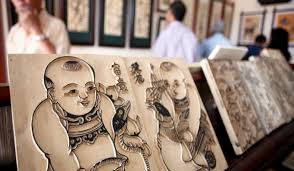
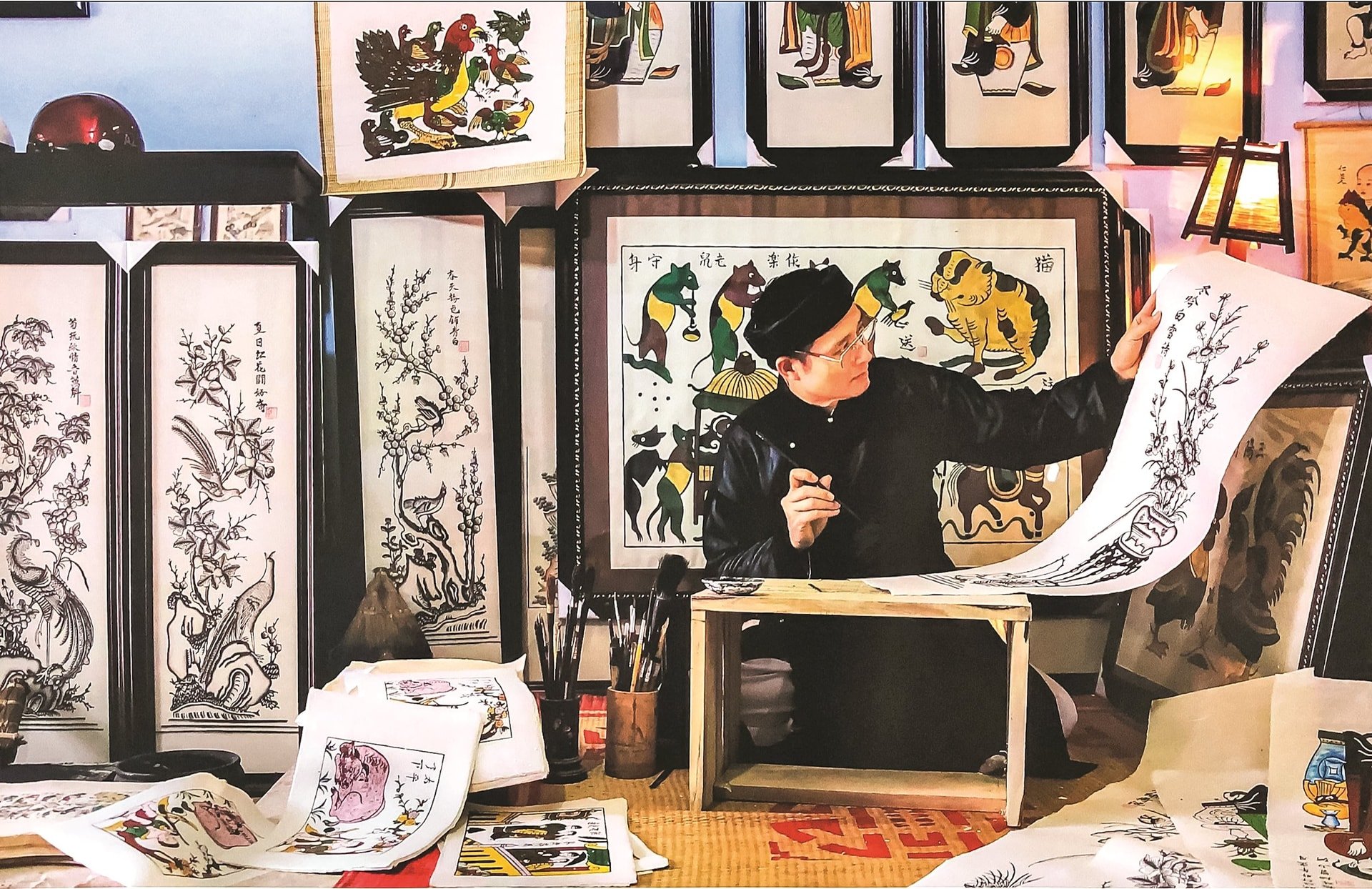
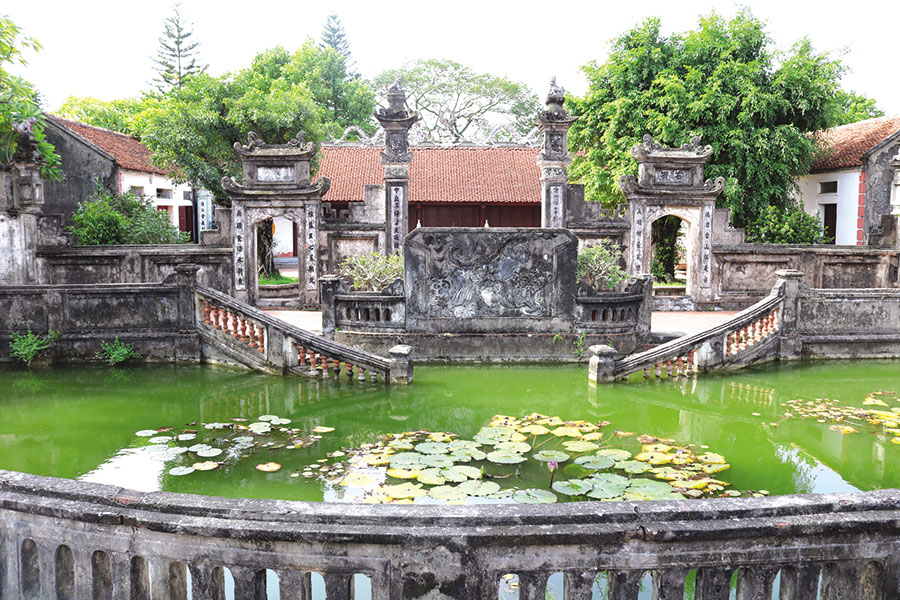
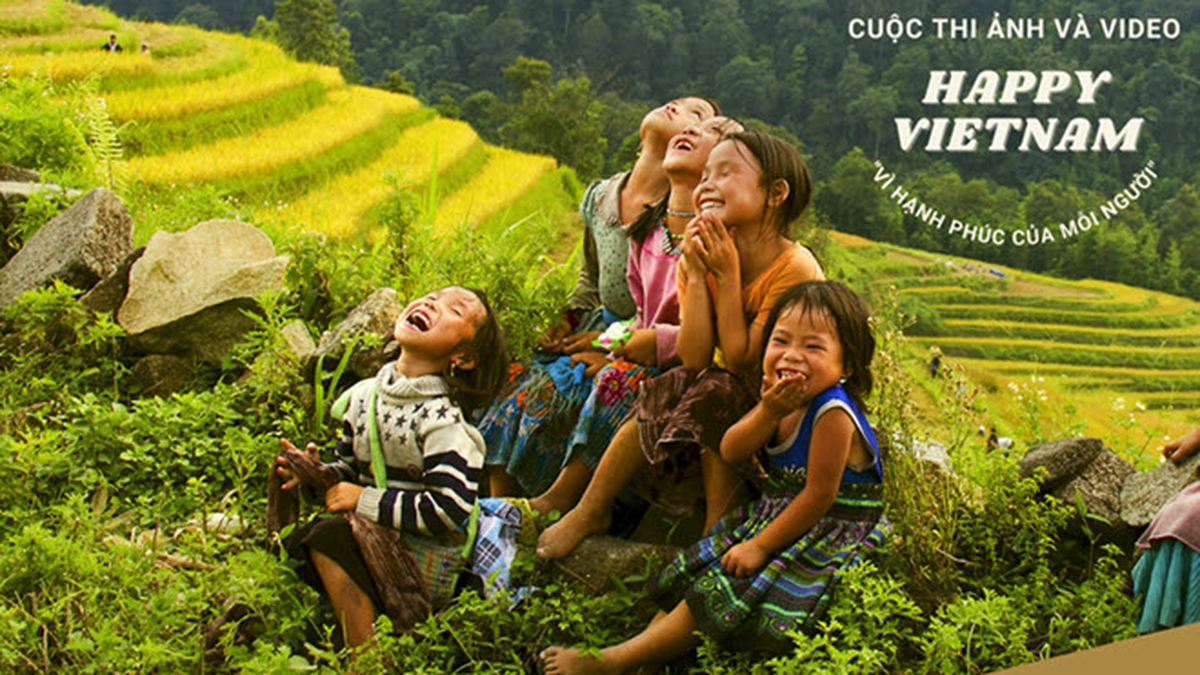
![[Photo] Closing of the 14th Conference of the 13th Party Central Committee](https://vphoto.vietnam.vn/thumb/1200x675/vietnam/resource/IMAGE/2025/11/06/1762404919012_a1-bnd-5975-5183-jpg.webp)
![[Photo] Prime Minister Pham Minh Chinh receives the delegation of the Semiconductor Manufacturing International (SEMI)](https://vphoto.vietnam.vn/thumb/1200x675/vietnam/resource/IMAGE/2025/11/06/1762434628831_dsc-0219-jpg.webp)

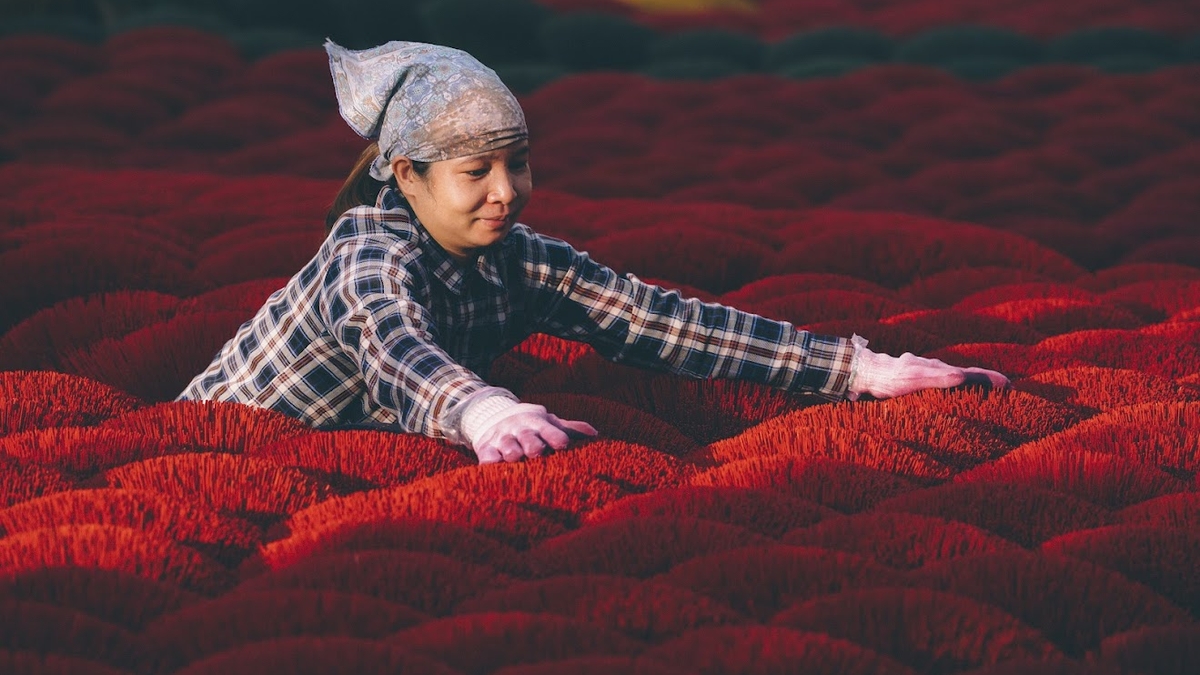





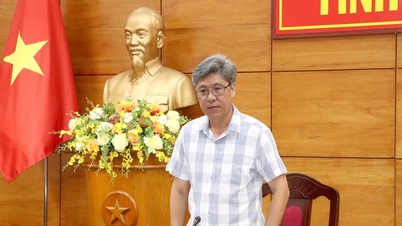




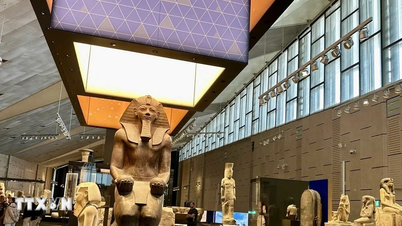

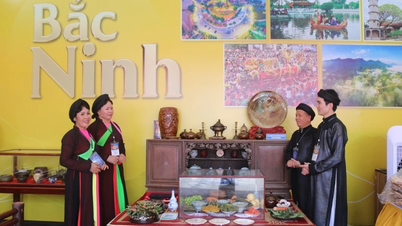




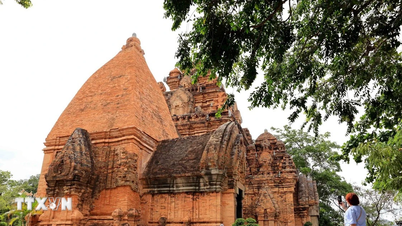





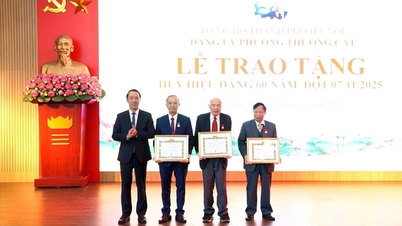


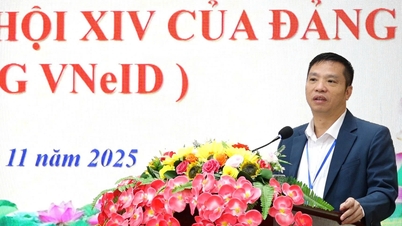
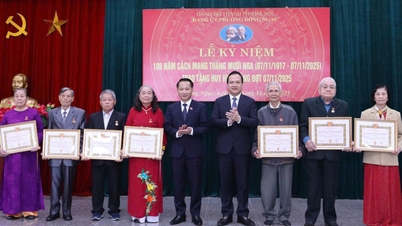












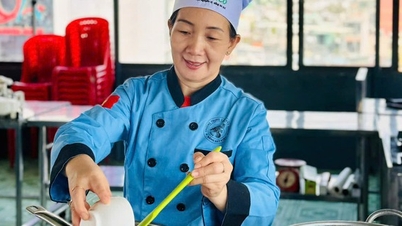




















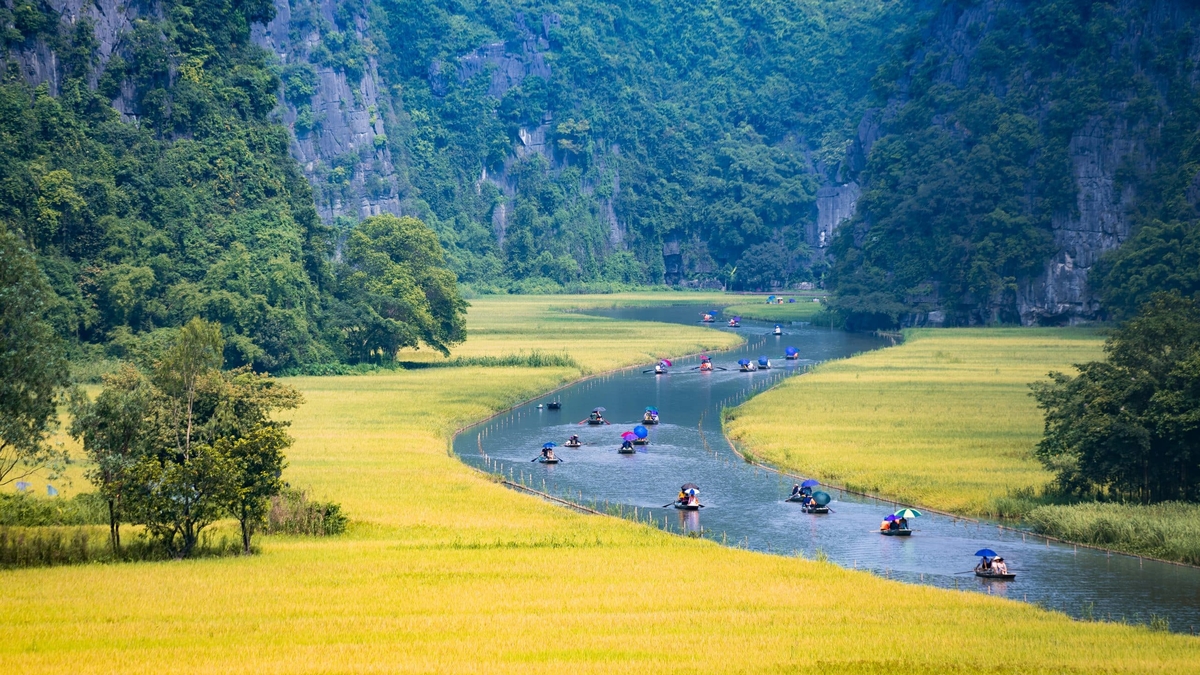
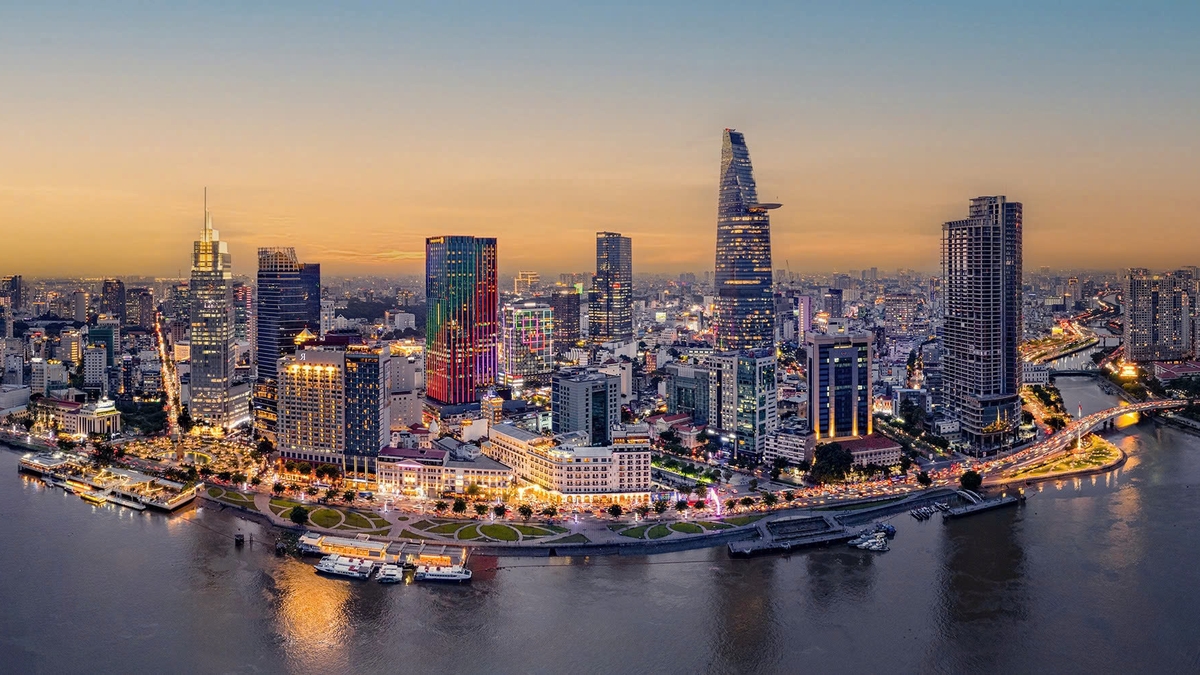

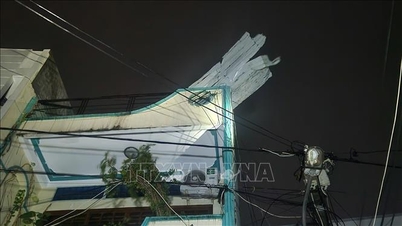
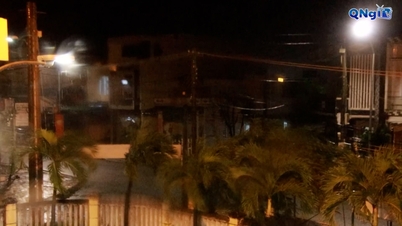





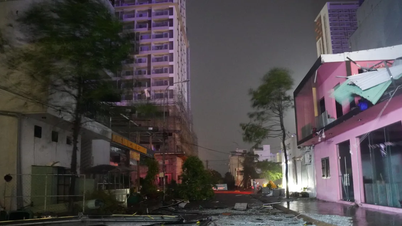



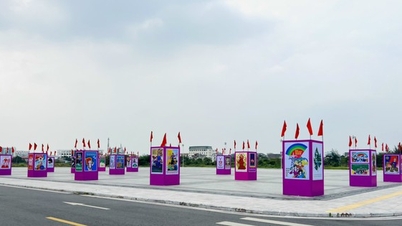





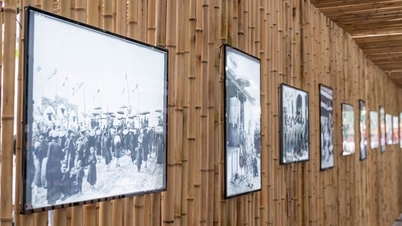

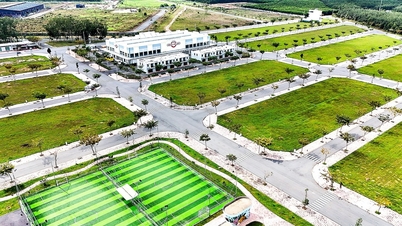
















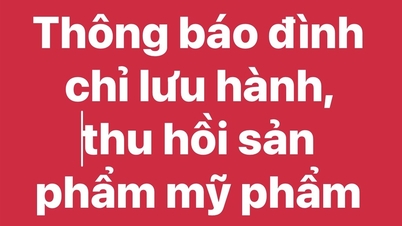






Comment (0)